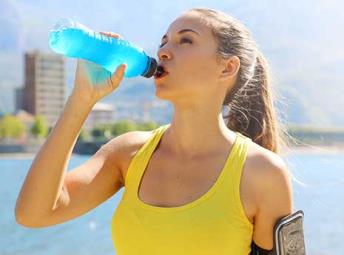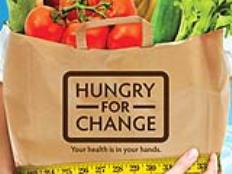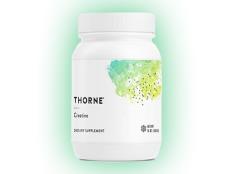Skim Milk
If you grew up drinking skim milk, you have an advantage over athletes who were trained to like the "real thing." Unfortunately for our health, a glass of whole milk contains the equivalent of two pats of butter. That's 10 grams of fat, 50 calories of cloggage.
Your best bet is to gradually wean yourself from whole milk (3.5% fat) to 2% fat milk, then 1%, and then skim. You can stop at 1% or 2% milk, as long as you keep other fatty foods at a minimum throughout the rest of your day's intake.
For example, cut back on cheese, butter and obviously greasy foods. Your overall diet will end up being low in fat.
More Milk
Now that you are drinking lower-fat milk, the trick is to enjoy milk (or yogurt or other calcium-rich foods) three times a day to get the calcium needed to protect your bones, help keep blood pressure under control, and manage weight.
Choose cereal (with milk) for breakfast, a (decaf) latte in the morning and another in the afternoon, hot cocoa (with milk powder added to hot cocoa mix), and cups of yogurt for snacking.
Spinach
You've likely heard you'll be strong to the finish if you eat your spinach. But what if you don't like the stuff, even though it offers iron, folate, potassium, beta-carotene and abundant other health-protective nutrients?
Before saying "yuck," try a salad made with baby spinach leaves (available in the "bagged salad" section of most grocery stores). Baby spinach offers a sweeter, gentler taste than regular frozen or fresh spinach.
Here's a lip-smacking good sweet 'n' spicy salad dressing (courtesy of marathon king Bill Rodgers) that will find you coming back for more spinach:
Combine 2 to 4 tablespoons olive oil, 2 tablespoons red wine vinegar, 1/2 to 1 tablespoon sugar, 1 tablespoon ketchup, and salt as desired. (This makes enough for a whole bag of spinach.). Add your choice of slivered almonds, mandarine oranges, mushrooms or broken walnuts to complete this delicious dressing.
- 3
- of
- 4
About the Author

Nancy Clark, MS, RD, CSSD (Board Certified Specialist in Sports Dietetics) helps both casual and competitive athletes learn how to eat a winning sports diet. Her practice is in Newton, Massachusetts (617-795-1875). The fifth edition of her Sports Nutrition Guidebook is available at www.nancyclarkrd.com. Also see NutritionSportsExerciseCEUs.com for online CEUs.







Discuss This Article